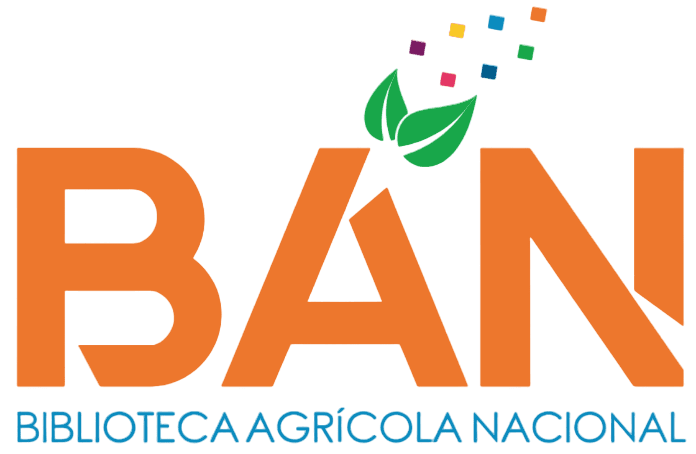Manejo y cultivo de ostras Striostrea prismatica y Pteria sterna en la empresa Agromar del Pacífico S.A.C., Los Órganos - Piura
Loading...
Código QR
Authors
Díaz Romero , Karen Meylin
Contact Email
Abstract
El presente trabajo de suficiencia profesional describe las actividades desarrolladas de cultivo y manejo de moluscos bivalvos tipo ostras, como Striostrea prismatica y Pteria sterna, dentro del proyecto “Adaptación a los impactos del Cambio Climático en el ecosistema marino costero del Perú y sus pesquerías”. Este trabajo se realizó en la consultoría para la implementación del cultivo piloto de ostras en la zona piloto de Máncora, donde fui encargada de campo. Las actividades se realizaron en las instalaciones de la empresa Agromar del Pacífico S.A.C., que cuenta con infraestructura para el cultivo marino (embarcaciones, plataformas flotantes, una concesión de 25 hectáreas y líneas de cultivo suspendido en el mar). Además, posee laboratorios y áreas acondicionadas para el cultivo larval de concha de abanico en el distrito de Los Órganos, Piura. Durante el proyecto, se adaptó el sistema de cultivo suspendido a ambas especies. Las actividades principales incluyeron la captación de postlarvas, manejo y desactivación de bolsas colectoras, siembras, desdobles en el cultivo intermedio y la implementación del sistema de cultivo denominado “cartera”. Se evaluaron parámetros productivos como la cantidad de lanzamientos de bolsas colectoras utilizadas, el promedio de postlarvas colectadas, la densidad de siembra y el porcentaje de mortalidad. A mediados del año 2021, las condiciones ambientales favorables permitieron la captación de 79600 ejemplares de S. prismatica. Sin embargo, en el año 2022 la captación de esta especie disminuyó a 9900 ejemplares debido al incremento de la temperatura en el mar, asociado a un evento El Niño. Los resultados de este trabajo evidencian que el cultivo de S. prismatica y P. sterna es técnicamente viable en sistemas suspendidos, abarcando todas sus etapas de desarrollo. Asimismo, destacan la importancia del monitoreo ambiental constante para garantizar el éxito de la producción ante variaciones ambientales.
This professional competency report describes the activities carried out in the cultivation and management of bivalve mollusks, specifically oysters such as Striostrea prismatica and Pteria sterna, within the framework of the project “Adaptation to the Impacts of Climate Change on Peru’s Coastal Marine Ecosystem and Fisheries.” This work was conducted as part of the consultancy for the implementation of a pilot oyster farming initiative in the pilot zone of Máncora, where I served as the field manager. The activities took place at the facilities of Agromar del Pacifico S.A.C., which is equipped with marine farming infrastructure, including vessels, floating platforms, a 25-hectare concession, and suspended culture lines in the sea. Additionally, the company has laboratories and facilities for the land-based cultivation of scallop larvae in the district of Los Órganos, Piura. During the project, the suspended culture system was adapted to suit the needs of both species. Key activities included the collection of post-larvae, the management and deactivation of collector bags, seeding, intermediate stage transfers, and the implementation of a growth system known as a “pocket net.” Productive parameters such as the number of deployed collector bags, the average number of collected post-larvae, stocking density, and mortality rate were evaluated. By mid-2021, favorable environmental conditions enabled the collection of 79,600 specimens of S. prismatica. However, in 2022, the collection of this species dropped to 9,900 specimens, attributed to rising sea temperatures linked to an El Niño event. The results of this work demonstrate that the cultivation of S. prismatica and P. sterna is technically feasible using suspended systems throughout all development stages. Furthermore, they underscore the importance of continuous environmental monitoring to ensure production success in the face of environmental variations
This professional competency report describes the activities carried out in the cultivation and management of bivalve mollusks, specifically oysters such as Striostrea prismatica and Pteria sterna, within the framework of the project “Adaptation to the Impacts of Climate Change on Peru’s Coastal Marine Ecosystem and Fisheries.” This work was conducted as part of the consultancy for the implementation of a pilot oyster farming initiative in the pilot zone of Máncora, where I served as the field manager. The activities took place at the facilities of Agromar del Pacifico S.A.C., which is equipped with marine farming infrastructure, including vessels, floating platforms, a 25-hectare concession, and suspended culture lines in the sea. Additionally, the company has laboratories and facilities for the land-based cultivation of scallop larvae in the district of Los Órganos, Piura. During the project, the suspended culture system was adapted to suit the needs of both species. Key activities included the collection of post-larvae, the management and deactivation of collector bags, seeding, intermediate stage transfers, and the implementation of a growth system known as a “pocket net.” Productive parameters such as the number of deployed collector bags, the average number of collected post-larvae, stocking density, and mortality rate were evaluated. By mid-2021, favorable environmental conditions enabled the collection of 79,600 specimens of S. prismatica. However, in 2022, the collection of this species dropped to 9,900 specimens, attributed to rising sea temperatures linked to an El Niño event. The results of this work demonstrate that the cultivation of S. prismatica and P. sterna is technically feasible using suspended systems throughout all development stages. Furthermore, they underscore the importance of continuous environmental monitoring to ensure production success in the face of environmental variations
Description
Universidad Nacional Agraria La Molina. Facultad de Pesquería. Departamento
Académico de Manejo Pesquero y Medio Ambiente
Keywords
Striostrea prismatica
Citation
Date
2024
Collections
Seleccionar año de consulta:
Licencia de uso

Excepto si se señala otra cosa, la licencia del ítem se describe como info:eu-repo/semantics/openAccess

